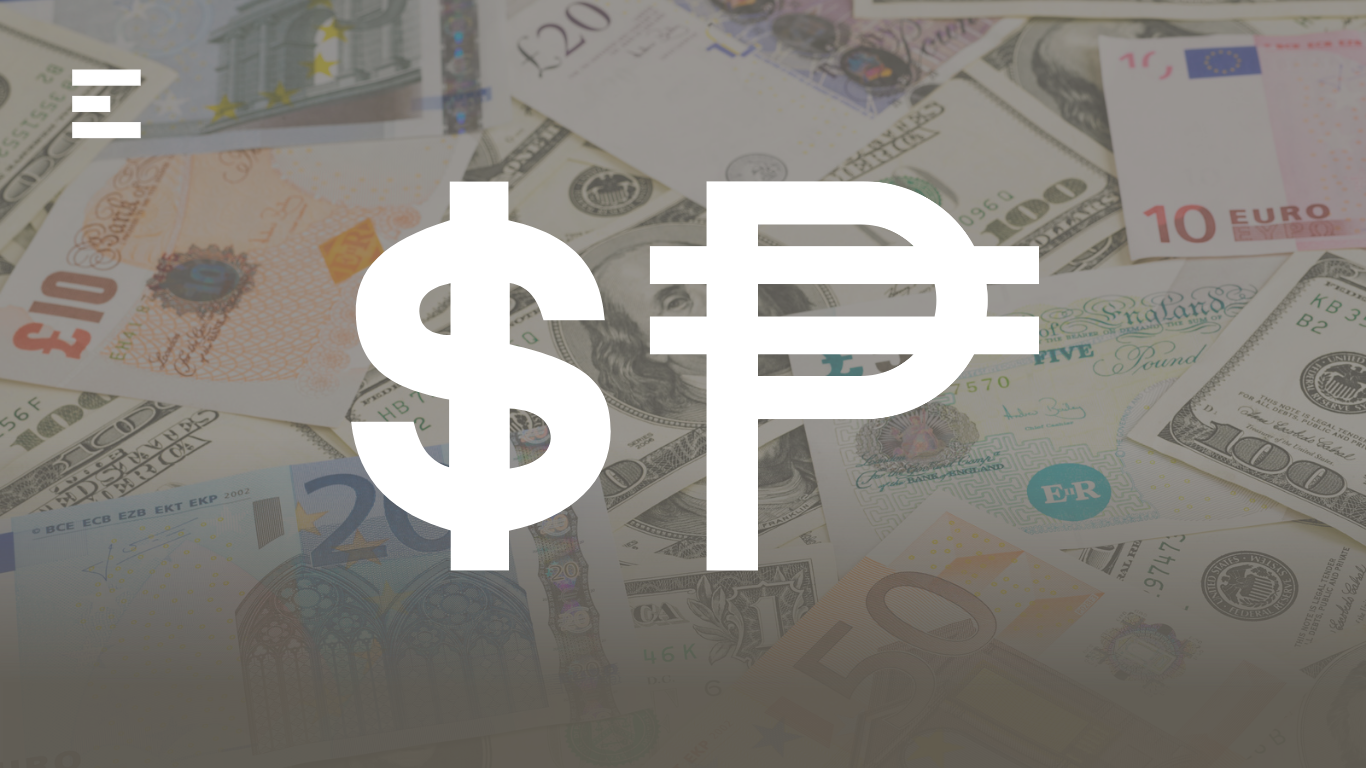
In the global economic landscape, currency exchange rates play a pivotal role in shaping international trade, investments, and economic stability. Among the multitude of currency pairs, the Dollar to Peso exchange holds particular significance due to the economic ties between the United States and various countries in Latin America, including Mexico and the Philippines. In this article, we delve into the dynamics of the Dollar to Peso exchange, exploring the factors influencing its fluctuations, the impact on diverse stakeholders, and strategies for navigating this ever-evolving financial terrain.
Table of Contents
ToggleHistorical Context:
To comprehend the current state of the Dollar to Peso exchange, it is essential to examine the historical context that has shaped these currencies’ relationship. The U.S. dollar, as the world’s primary reserve currency, has consistently influenced the global financial system. The Peso, on the other hand, represents the official currency of several Latin American nations, with the Mexican Peso (MXN) and the Philippine Peso (PHP) being the most notable in the context of this discussion.
Over the years, various events, such as economic crises, political developments, and global market trends, have impacted the exchange rates between the Dollar and Peso. For example, the 1994 Mexican financial crisis, often referred to as the “Tequila Crisis,” had a profound effect on the Mexican Peso, causing a significant devaluation against the U.S. dollar. Similarly, political uncertainties and economic challenges in the Philippines have contributed to fluctuations in the Dollar to Peso exchange over time.
Factors Influencing Exchange Rates:
Several factors contribute to the constant ebb and flow of exchange rates between the Dollar and Peso. Understanding these factors is crucial for individuals, businesses, and policymakers looking to navigate the intricacies of currency exchange. Here are some key determinants:
- Economic Indicators: Economic indicators such as GDP growth, unemployment rates, and inflation directly impact a country’s currency value. Strong economic performance tends to strengthen a currency, while economic uncertainties can lead to depreciation.
- Interest Rates: Central banks play a pivotal role in influencing exchange rates through interest rate policies. Higher interest rates in a country attract foreign capital, increasing demand for its currency and consequently appreciating its value.
- Political Stability: Political stability is a crucial factor in determining exchange rates. Countries with stable political environments often experience stronger currencies, as investors have confidence in the security of their investments.
- Trade Balances: The balance of trade, representing the difference between a country’s exports and imports, can impact its currency value. A trade surplus typically strengthens the currency, while a deficit may lead to depreciation.
- Market Speculation: The foreign exchange market is heavily influenced by speculation. Traders and investors assess various factors and make predictions about future currency movements, which can result in short-term fluctuations.
Impact on Stakeholders:
The Dollar to Peso exchange rate has far-reaching consequences for various stakeholders, including businesses, investors, travelers, and policymakers.
- Businesses: Companies engaged in international trade must constantly monitor exchange rates. Fluctuations can impact the cost of imported goods and affect export competitiveness. Implementing effective currency risk management strategies is crucial for mitigating potential financial losses.
- Investors: Investors with portfolios that include assets denominated in different currencies are exposed to currency risk. Exchange rate movements can influence the overall returns on investments, adding an additional layer of complexity to global investment strategies.
- Travelers: For individuals traveling between the United States and countries that use the Peso, understanding exchange rates is essential. It directly affects the purchasing power of travelers and can impact the overall cost of living during their stay.
- Policymakers: Central banks and government officials closely monitor exchange rates to formulate effective monetary and fiscal policies. Interventions in currency markets may be employed to stabilize the domestic economy and maintain a competitive edge in international trade.
Navigating Exchange Rate Fluctuations:
Given the inherent volatility of exchange rates, stakeholders can adopt various strategies to navigate the Dollar to Peso exchange:
- Hedging: Businesses and investors can use financial instruments such as futures and options to hedge against currency risk. This helps mitigate potential losses due to adverse exchange rate movements.
- Diversification: Investors can diversify their portfolios across different currencies and assets to spread risk. Holding a mix of currencies can help offset losses in one currency with gains in another.
- Stay Informed: Keeping abreast of economic indicators, geopolitical developments, and market trends is crucial for making informed decisions. Regularly monitoring news and financial reports can provide valuable insights into potential currency movements.
- Professional Guidance: Seeking advice from financial experts, including currency analysts and financial advisors, can be beneficial for individuals and businesses looking to navigate the complexities of the foreign exchange market.
Conclusion:
The Dollar to Peso exchange rate is a dynamic and multifaceted aspect of the global economy, shaped by a myriad of factors. Stakeholders across various sectors must remain vigilant, adapting their strategies to navigate the ever-changing landscape of currency exchange. Whether one is a business engaging in international trade, an investor managing a diverse portfolio, or an individual planning cross-border travel, understanding the dynamics of the Dollar to Peso exchange is essential for making informed and strategic decisions in the world of global finance.
